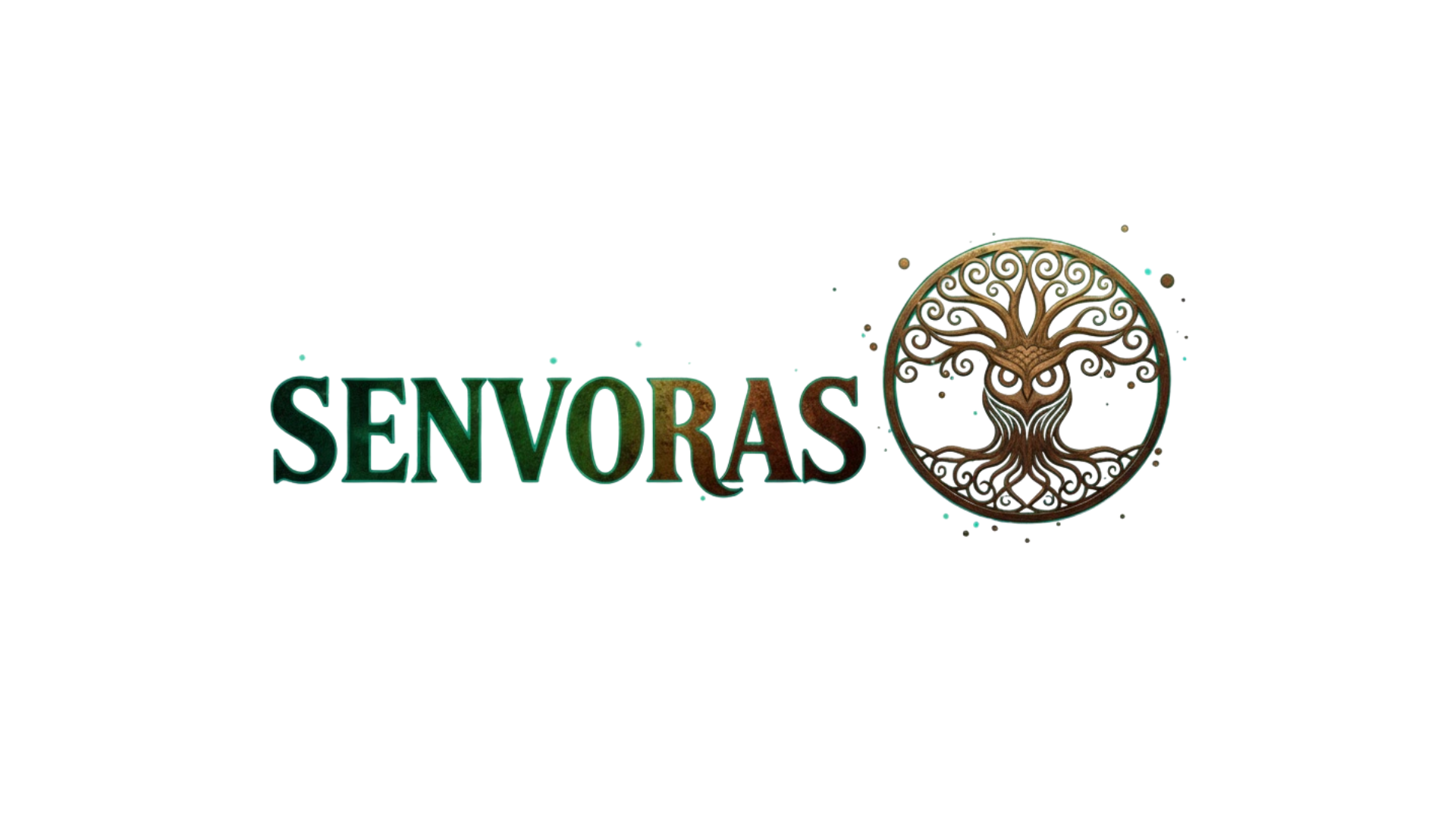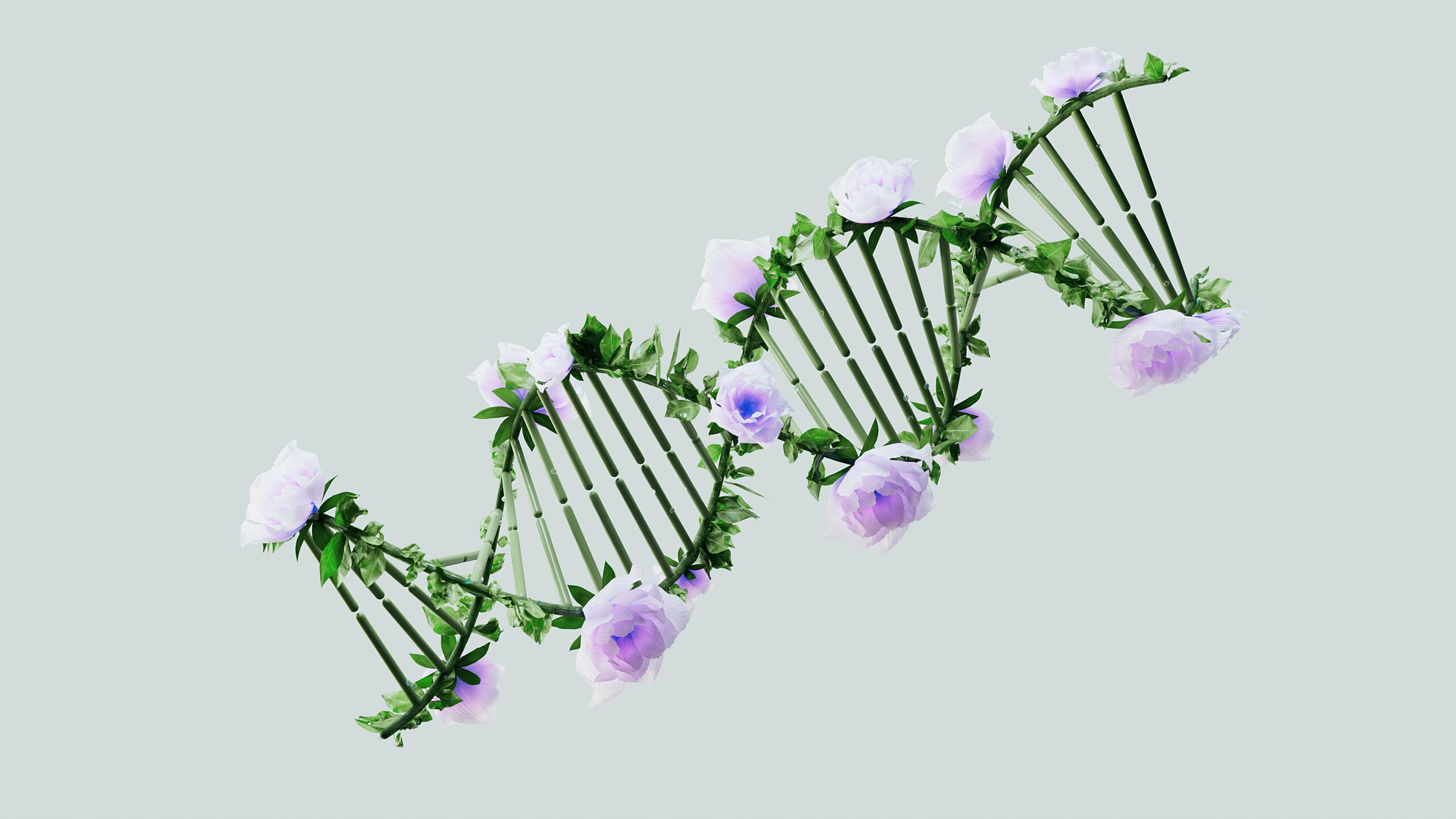Choosing between autologous and allogenic therapies can feel overwhelming, but understanding the key differences will empower you to make an informed decision about your treatment.
The landscape of regenerative medicine and cellular therapies has evolved dramatically over the past decade, offering patients unprecedented treatment options for conditions ranging from cancer to autoimmune diseases. At the heart of this medical revolution lies a fundamental question: should your therapy come from your own body or from a donor? This decision can significantly impact treatment efficacy, safety, timeline, and cost.
🔬 Understanding the Fundamentals: What Makes These Therapies Different?
Before diving into which therapy might be right for you, it’s essential to understand what distinguishes autologous from allogenic approaches at their core.
Autologous therapies utilize cells, tissues, or biological materials harvested from your own body. These materials are processed, potentially modified or expanded in laboratory settings, then reintroduced into your system. Think of it as a personalized treatment created specifically for you, by you.
Allogenic therapies, conversely, source their biological materials from donors—either living individuals or deceased donors. These treatments represent an “off-the-shelf” approach where standardized products can be manufactured in advance and made available to multiple patients.
The implications of this fundamental difference ripple through every aspect of treatment, from initial consultation to long-term outcomes.
💉 The Autologous Advantage: When Your Body Is Your Best Resource
Autologous therapies carry several compelling advantages that make them the preferred choice in many clinical scenarios.
Immunological Compatibility: The Perfect Match
The most significant benefit of autologous treatments is the virtual elimination of rejection risk. Since the biological material originates from your own body, your immune system recognizes it as “self” rather than foreign. This immunological compatibility means you typically won’t need long-term immunosuppressive medications, which carry their own risks and side effects.
For patients already managing complex health conditions, avoiding additional medications that compromise immune function can be life-changing. Immunosuppressants increase infection risks, may interact with other medications, and require careful monitoring.
Reduced Disease Transmission Concerns
When you’re both donor and recipient, the risk of transmitting infectious diseases through the therapy becomes negligible. You can’t give yourself something you don’t already have. This eliminates concerns about viral transmission, prion diseases, or other pathogens that might lurk undetected in donor materials.
Ethical Clarity and Personal Comfort
Some patients find autologous therapies more ethically straightforward and personally comfortable. There’s no need to grapple with questions about donor consent, commercialization of human biological materials, or dependency on donor availability.
⏰ The Autologous Challenge: Time, Cost, and Logistics
Despite their advantages, autologous therapies present distinctive challenges that patients must carefully consider.
Extended Treatment Timelines
Autologous therapies cannot begin until your cells have been harvested, processed, and prepared. This manufacturing period can extend from weeks to months depending on the therapy type. For patients with rapidly progressing diseases, this delay may be unacceptable or even dangerous.
The treatment timeline typically unfolds as follows:
- Initial consultation and eligibility assessment
- Cell collection procedure (apheresis, bone marrow aspiration, or tissue biopsy)
- Laboratory processing and expansion (2-6 weeks or more)
- Quality control and release testing
- Administration of the therapy
Manufacturing Variability and Failure Risk
Because each autologous product is custom-made, quality can vary from patient to patient. Your cells might not grow as robustly as needed, or unexpected complications might arise during processing. If manufacturing fails, you must restart the entire process, causing additional delays and emotional distress.
Patients with heavily pretreated conditions—those who’ve undergone extensive chemotherapy or radiation—may have compromised cells that don’t manufacture well, potentially making them poor candidates for autologous approaches.
Cost Considerations
The personalized nature of autologous therapies typically translates to higher costs. Each treatment requires dedicated manufacturing time, specialized facilities, and individualized quality control. These expenses often exceed those of standardized allogenic products that benefit from economies of scale.
🏥 The Allogenic Appeal: Accessibility and Immediacy
Allogenic therapies offer distinct advantages that make them ideal in specific clinical contexts and for certain patient populations.
Immediate Availability
Perhaps the most compelling benefit of allogenic therapies is their “off-the-shelf” nature. Pre-manufactured products can be available within days rather than weeks or months. For aggressive cancers or acute conditions, this immediacy can be lifesaving.
Physicians can initiate treatment almost immediately after diagnosis and staging, allowing intervention before disease progression. This rapid deployment can significantly improve outcomes in time-sensitive situations.
Consistent Quality and Standardization
Allogenic products manufactured from carefully screened donors under controlled conditions offer more predictable quality and potency. Manufacturers can select optimal donors, creating products with consistent cellular characteristics and therapeutic potential.
This standardization also facilitates clinical research. When all patients receive essentially the same product, researchers can more accurately assess efficacy and optimize dosing protocols.
Option When Autologous Isn’t Viable
Some patients simply aren’t candidates for autologous therapies. Those with certain genetic conditions, heavily compromised immune systems, or cells affected by their underlying disease may lack suitable biological material for harvest. Allogenic therapies provide these patients with treatment options that would otherwise be unavailable.
⚠️ Navigating Allogenic Risks: Rejection and Beyond
The benefits of allogenic therapies come with trade-offs that patients must understand and accept.
Graft-Versus-Host Disease and Rejection
The primary concern with allogenic therapies is immunological incompatibility. Your immune system may recognize donor cells as foreign invaders and mount an attack against them, reducing treatment efficacy. Conversely, in therapies involving immune cells, those donor cells might attack your body’s tissues—a condition called graft-versus-host disease (GVHD).
GVHD ranges from mild and manageable to severe and life-threatening, affecting skin, liver, gastrointestinal tract, and other organs. Managing this condition requires ongoing immunosuppression with its associated risks.
Long-Term Immunosuppression Requirements
To prevent rejection or GVHD, many allogenic therapy recipients require immunosuppressive medications indefinitely or for extended periods. These drugs increase infection susceptibility, may cause organ damage over time, and require regular monitoring and dose adjustments.
Screening and Disease Transmission
Despite rigorous donor screening protocols, a small residual risk of infectious disease transmission remains. Donors are tested for HIV, hepatitis viruses, and other pathogens, but window periods and rare undetectable infections mean risk cannot be entirely eliminated.
🎯 Making Your Decision: Key Factors to Consider
Selecting between autologous and allogenic therapies isn’t a one-size-fits-all proposition. Your optimal choice depends on multiple interconnected factors.
Disease Type and Urgency
Rapidly progressing conditions typically favor allogenic approaches due to their immediate availability. Conversely, slower-moving diseases may allow time for autologous cell collection and processing without compromising outcomes.
Certain conditions respond better to one approach than the other based on accumulated clinical evidence. Your physician can provide disease-specific data to inform your decision.
Your Medical History and Current Health Status
Previous treatments significantly impact therapy selection. Extensive chemotherapy or radiation may compromise your cells’ quality, making autologous approaches less viable. Conversely, if you have autoimmune conditions or are already immunocompromised, the immunosuppression required for allogenic therapies might pose unacceptable risks.
Age and Overall Fitness
Younger, healthier patients generally tolerate both approaches well, but older adults or those with multiple comorbidities may struggle with the rigors of intensive conditioning regimens often required before allogenic transplants. Autologous approaches typically involve less aggressive preparatory treatments.
Practical Considerations: Location, Support, and Resources
Treatment logistics matter enormously. Allogenic therapies from major manufacturers might be available at more facilities, while certain autologous therapies may require travel to specialized centers. Consider your support network, ability to travel, and financial resources when making your choice.
💰 The Financial Reality: Insurance, Coverage, and Out-of-Pocket Costs
The financial dimension of therapy selection cannot be ignored, as costs can reach hundreds of thousands of dollars.
Insurance coverage varies widely based on your specific policy, the therapy type, and whether it’s considered standard of care or experimental for your condition. Autologous CAR-T therapies, for example, are now covered by many insurers for specific blood cancers, while coverage for newer applications remains uncertain.
Allogenic therapies may have different coverage profiles. Some insurers favor them due to lower per-unit costs, while others prefer autologous approaches that eliminate long-term immunosuppression expenses.
Beyond direct treatment costs, consider indirect expenses: travel and lodging for extended treatment periods, lost wages during recovery, costs of managing complications, and long-term follow-up care. A comprehensive financial analysis should inform your decision alongside medical factors.
🔮 Emerging Trends: The Future Is Hybrid
The artificial divide between autologous and allogenic approaches is blurring as researchers develop innovative hybrid strategies and technological advances.
Gene editing technologies like CRISPR are enabling creation of “universal” allogenic cells that evade immune detection, potentially offering off-the-shelf benefits without rejection risks. These edited cells might provide the best of both worlds—immediate availability with reduced immunogenicity.
Alternatively, rapid manufacturing technologies are shortening autologous production times from weeks to days, addressing one of their primary limitations. As these technologies mature, today’s stark trade-offs may soften considerably.
Induced pluripotent stem cells (iPSCs) represent another frontier, potentially allowing creation of autologous-like therapies without invasive harvesting procedures. Your skin cells could be reprogrammed into needed cell types, offering personalization without some traditional autologous drawbacks.
🤝 Your Care Team: Collaborative Decision-Making
This decision shouldn’t rest on your shoulders alone. A multidisciplinary team approach optimizes outcomes and ensures all perspectives inform your choice.
Your care team should include your primary oncologist or specialist, transplant physicians, cellular therapy experts, financial counselors, and mental health professionals. Each brings essential expertise to the decision-making process.
Don’t hesitate to seek second opinions, especially for complex or unusual cases. Different institutions may have varying experience levels with specific approaches, and their recommendations might differ based on their expertise and available resources.
Patient advocacy organizations can provide valuable perspectives from others who’ve faced similar decisions. Connecting with patients who’ve undergone both therapy types offers insights no medical textbook can provide.
📊 Comparing Outcomes: What Does the Data Tell Us?
Clinical trial data provides crucial guidance, though comparing autologous and allogenic therapies directly can be challenging since they’re often used for different indications or disease stages.
For certain blood cancers, large studies have compared outcomes. In multiple myeloma, for instance, autologous stem cell transplantation has long been standard, though allogenic transplantation may offer superior long-term disease control in selected high-risk patients—at the cost of higher treatment-related mortality.
In CAR-T therapy for B-cell lymphomas, autologous products currently dominate the approved treatment landscape, but allogenic CAR-T products in development may challenge this paradigm if they demonstrate comparable efficacy with better availability and potentially lower costs.
Your physician should present disease-specific outcome data relevant to your situation, including overall survival, progression-free survival, quality of life metrics, and complication rates for each approach.
🌟 Finding Your Path Forward: Questions to Ask Your Doctor
Empower yourself by asking targeted questions that illuminate which therapy aligns best with your unique circumstances:
- What is the standard of care for my specific diagnosis and stage?
- Am I a suitable candidate for both autologous and allogenic approaches?
- What does the timeline look like for each option?
- What are the expected success rates for each therapy in my situation?
- What complications am I most likely to experience with each approach?
- How will each option impact my quality of life during and after treatment?
- What happens if the first approach doesn’t work—can I try the other?
- What will my long-term monitoring and follow-up involve?
- How much clinical experience does this center have with each approach for my condition?

💪 Living Your Decision: Life After Cellular Therapy
Whichever path you choose, understanding what comes after treatment helps set realistic expectations and prepare adequately.
Both autologous and allogenic therapies require substantial recovery periods. You’ll need close monitoring for complications, regular follow-up appointments to assess treatment response, and potentially long-term supportive care.
Quality of life trajectories differ between approaches. Autologous recipients typically experience shorter periods of intensive medical management, while allogenic recipients may face prolonged immunosuppression and ongoing management of chronic GVHD.
Building a strong support network—family, friends, patient communities, and mental health professionals—proves invaluable regardless of which therapy you select. The psychological demands of these treatments shouldn’t be underestimated.
The choice between autologous and allogenic therapies represents one of the most significant medical decisions you may ever face. There’s rarely a single “right” answer—only the right answer for your unique situation, values, and circumstances. By thoroughly understanding both options, engaging in detailed discussions with your care team, and honestly assessing your priorities and resources, you can move forward with confidence in your decision. Medicine continues advancing rapidly, and today’s limitations may become tomorrow’s solved problems, but the choice before you demands careful consideration of current realities alongside future possibilities. Your informed decision, made collaboratively with trusted medical advisors and supported by loved ones, sets the foundation for your best possible outcome.
Toni Santos is a longevity writer and regenerative medicine researcher dedicated to exploring how biology, technology, and ethics can extend healthspan. With a focus on cellular repair and anti-aging biotechnology, Toni examines how next-generation therapies translate lab breakthroughs into real-world vitality. Fascinated by stem cell science, telomere dynamics, and systems biology, Toni’s journey bridges research reviews, expert interviews, and clear public communication. Each article he shares aims to separate evidence from hype—helping readers understand what’s promising, what’s premature, and what truly supports long-term health. Blending molecular biology, clinical insight, and accessible storytelling, Toni investigates interventions that target the root drivers of aging. His work honors responsible innovation—prioritizing safety, transparency, and human wellbeing in the pursuit of extended healthspan. His work is a tribute to: Anti-aging biotechnology grounded in rigorous evidence Cellular rejuvenation pathways that restore function and resilience Stem cell and telomere research advancing ethical longevity care Whether you’re a clinician, researcher, or health enthusiast, Toni Santos invites you to explore the frontiers of regeneration—one discovery, one mechanism, one healthier year at a time.




